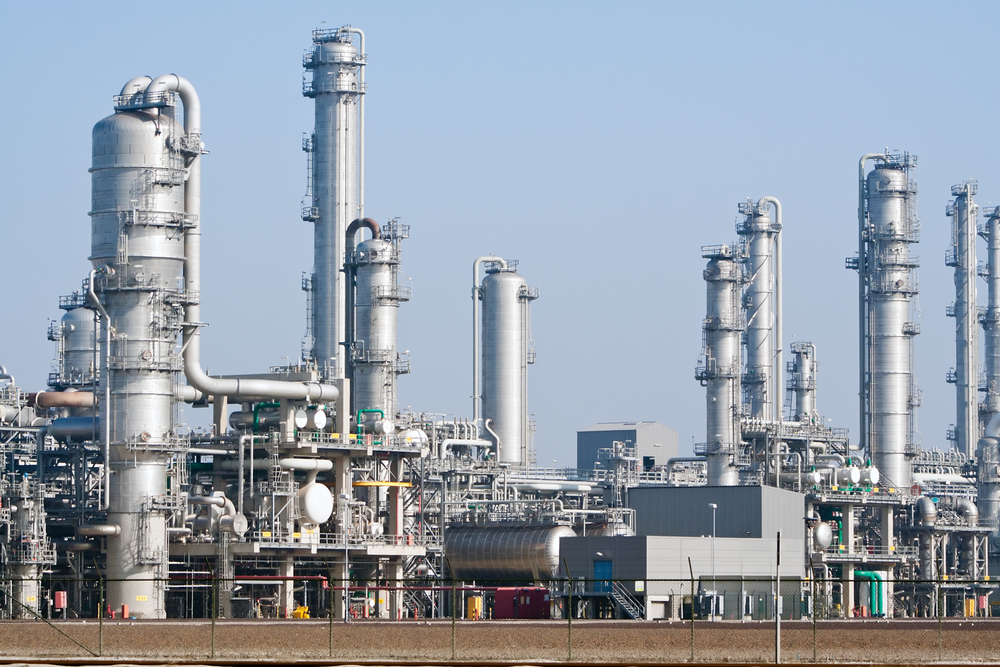Guidelines for Process Column Internal Installation

Correct installation guidelines for process column internals are crucial for trouble-free startups and optimal performance. The same applies to absorbers, strippers, packing, mist eliminators, and much more. We are experienced contractors who will share our on-the-job knowledge to assure your tower will work as designed.
Prepare for Column Internal Installation
Before you install or even purchase your tower, you must have certain data ready to go. This column data includes but is by no means limited to:
- Diameter and roundness of the tower internal.
- Measurements of tangent to tangent.
- Locations of wall clips.
- Positions of the support rings.
- Desired level of wall clips and support rings.
- Vertical aspect of the tower.
This doesn’t even include the intended media or the desired performance outcome, along with projected time period of tower usage. Poor planning can result in difficulties when installing the internals and packing, leading to problems with the nozzle and manway areas. Existing towers should have a packing installation checklist prepared in case roundness or other factors have changed over the years.
Include Tower Packing as Part of Installation
Your tower probably uses structured or random packing but will still have universal elements such as:
- Feed Inlet Device – These vary by vapor/liquid transfer, foam or intermediate suppression, or mixed phase.
- Distributor – They are designed to provide a regular flow across the packed bed.
- Packing Materials – You should know if you need random or structured and other factors such as material, size, amount, etc.
- Retainer – To hold the packing in place during turbulence.
- Support Plate – They often have continuous ring units and are multi-beam to hold in the packing.
Testing and Precautions
When using structured packing, set out each block of packing before you install it to ensure proper configuration. You or your contractor should do their best to avoid getting dirt or particles into the tower during installation. These and other contaminants can get into the liquid distributors when you begin operation. Random packing made of metal is often poured into the tower. The packing should not be crushed into the support plate during the process. This involves pouring the packing from the correct height and even lowering the initial random packing to the support until the plate is covered. Plastic random packing utilizes the same principles but is more brittle so the pour height should be adjusted accordingly. Flow testing should be performed once either type of packing has finished being installed. Conduct a water test on the distributor after assembly to check for leaks, especially at the joints.
The team at AMACS are experts in assisting with all types of column internal installation, including helping choose between structured and random packing, distributors, feed inlet devices, support plates, and many other factors. We also offer state of the art turnaround and shutdown solutions that include mist eliminators, trays, wedge wire screens, and more. Contact us if you would like to know how we can help with column internal needs.
